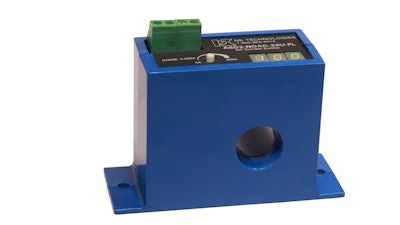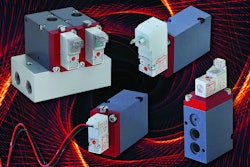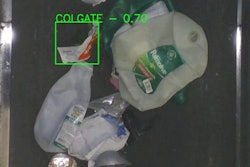
The single turn potentiometer allows the trip point to be set before the sensor is installed or before the monitored circuit is energized. In conjunction, the ASD features an LED display for quick visual indication of where the contact changes, providing accurate setpoint adjustment. This easily-adjustable and precise setpoint simplifies and expedites startup and improves safety by allowing trip point adjustment, with no power through the sensing window.
The ASD current sensing contact switch provides simplicity, easy installation, and reliability. Common ASD sensor applications for monitoring, detection and control include: conveyor system jam, overload, multiple section interlock integrity; pump system loss of head pressure (open discharge line, pump runs dry, etc.); cooling towers and similar fan handling systems (over- and under-current conditions caused by open duct access door, broken drive belt or coupling, etc.).
ASD sensors are compatible with most automation systems. They provide either N.O. or N.C. magnetically-isolated solid-state output switching for control circuits up to 240 VAC (1.0 amp max). Units are offered with a choice of 0-10 or 0-200 analog setpoint ranges. All units are equipped with an external 24 VAC/VDC power supply for higher accuracy performance with just <2 VA consumption. ASD sensors have a UL94 VO flammability rated case. Operating temperatures are -4 to 122°F (-20 to 50°C) with 0-95% RH, noncondensing. All ASD units are designed for UL, CUL and CE Approval.
These current sensing switches feature a single turn potentiometer, allowing the trip point to be set before the sensor is installed or before the monitored circuit is energized. In conjunction, the ASD features an LED display for quick visual indication of where the contact changes, making the ASD the easiest and most accurate setpoint adjustment available. This easily adjustable and precise setpoint simplifies and expedites startup and improves safety by allowing trip point adjustment, with no power through the sensing window.
Compared to alternative technologies, the ASD current sensing contact switch is the ideal sensor for simplicity, easy installation, and reliability. Common ASD sensor applications for monitoring, detection and control include: conveyor system jam, overload, multiple section interlock integrity; pump system loss of head pressure (open discharge line, pump runs dry, etc.); cooling towers and similar fan handling systems (over- and under-current conditions caused by open duct access door, broken drive belt or coupling, etc.).
ASD sensors are compatible with most automation systems. They provide either N.O. or N.C. magnetically-isolated solid-state output switching for control circuits up to 240 VAC (1.0 amp max). Units are offered with a choice of 0-10 or 0-200 analog setpoint ranges. All units are equipped with an external 24 VAC/VDC power supply for higher accuracy performance with just <2 VA consumption. ASD sensors have a UL94 VO flammability rated case. Operating temperatures are -4 to 122°F (-20 to 50°C) with 0-95% RH, noncondensing. All ASD units are designed for UL, CUL and CE Approval.


























